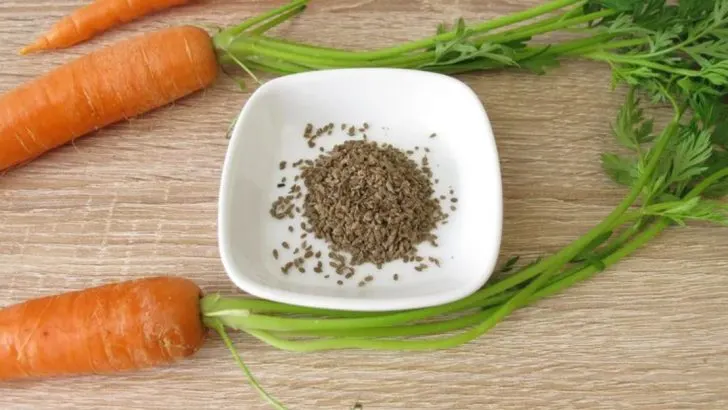Not all seeds appreciate a head start indoors. In fact, some plants respond poorly to transplanting, often becoming stunted, stressed, or even dying off after being moved outside. Starting these varieties indoors may seem like a time-saver—but it can actually set your garden back.
In this article, we’ll highlight 13 common plants that are best sown directly into the ground. These are species that develop sensitive root systems, dislike disturbance, or thrive only when they germinate where they’ll ultimately grow.
Plant smart—know which seeds want to skip the seed tray.
Carrots
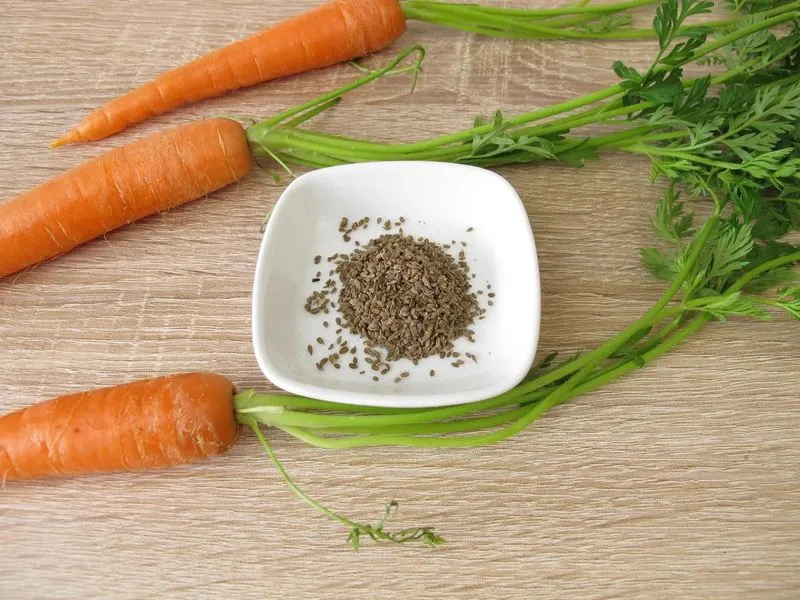
Carrots have a way of charming their way into many dishes, but they demand patience. Their taproots grow deep and strong when left undisturbed. Sowing them directly into your garden bed ensures they develop without the stress of transplantation. Their root systems are particularly sensitive, and moving them can lead to forked or stunted growth.
By planting them in loose, well-drained soil, you’re setting them up for success. Carrots thrive in cool weather, making them perfect for early spring or fall planting. This method guarantees robust, flavorful yields.
Radishes
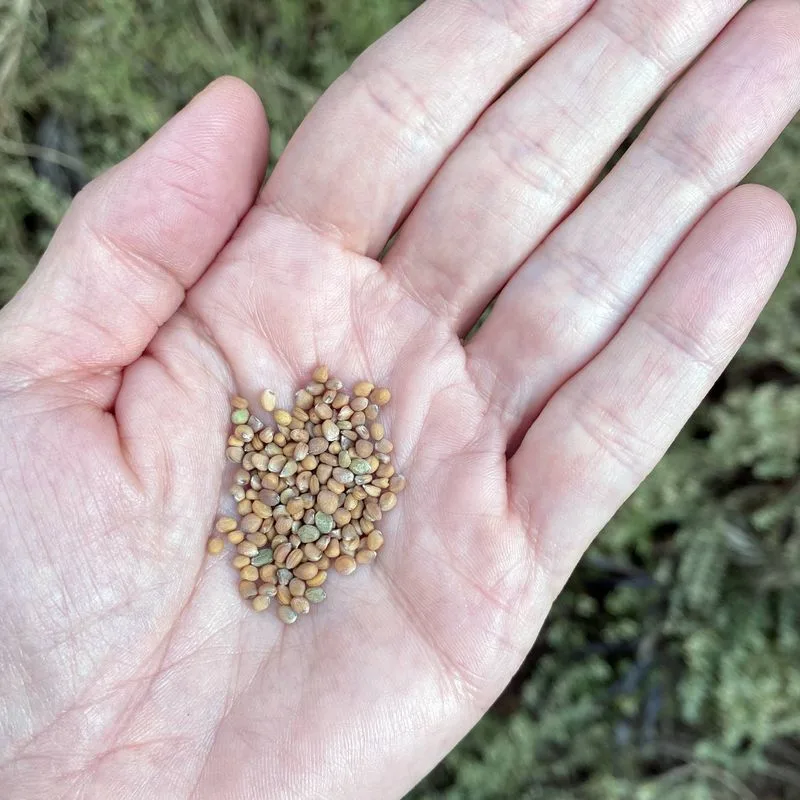
Radishes are the sprinters of the vegetable world, racing from seed to harvest in just a few weeks. Their quick growth doesn’t align well with the transplantation process. Direct seeding helps maintain their crunchy texture and peppery flavor.
These root vegetables are happiest when they can establish themselves undisturbed. Radishes prefer cooler weather, thriving in spring and autumn. They also serve as excellent companions in gardens, helping to break up soil and allowing other plants to thrive alongside them.
Beans
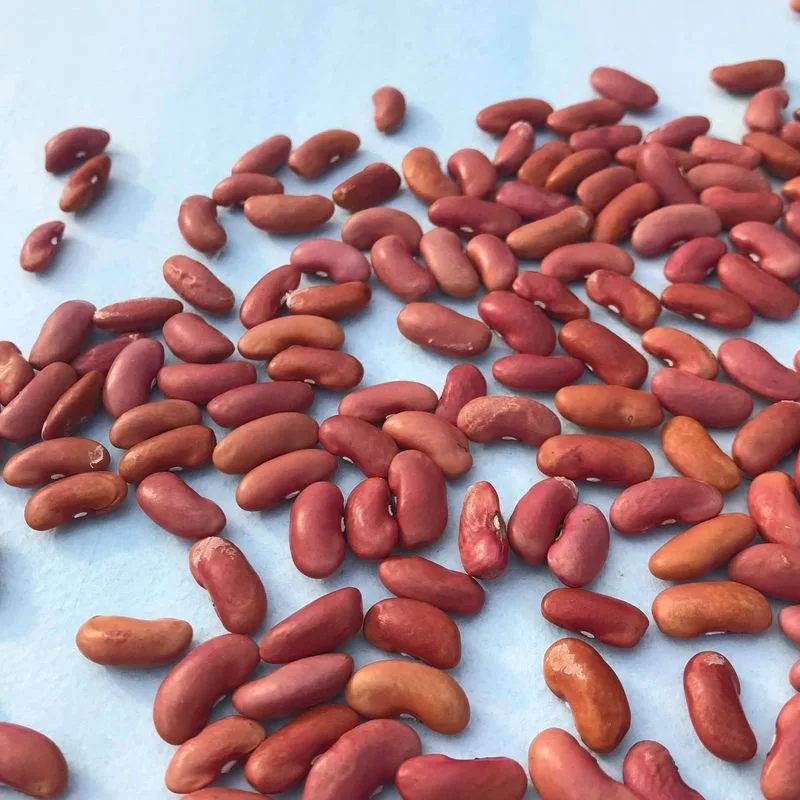
Beans bring a touch of magic to any garden with their climbing vines and bountiful pods. They thrive best when their roots can spread freely without interruption. Starting them indoors often results in tangled roots and weaker plants.
By planting them directly outdoors, beans can grow vigorously and produce abundantly. These leguminous plants also enrich the soil, thanks to their nitrogen-fixing properties. Remember to provide sturdy support for pole varieties to climb, and enjoy the fresh, crisp harvest through summer.
Corn
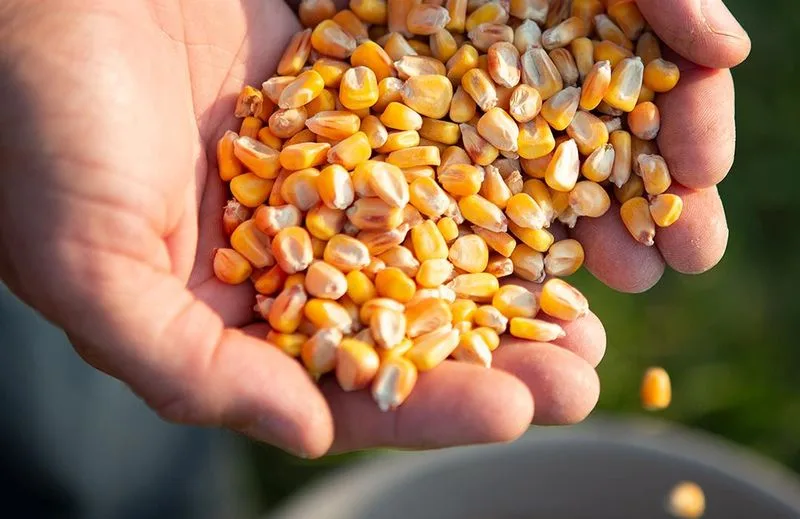
Corn stands as a staple in many diets, yet it’s surprisingly delicate when it comes to transplantation. These towering giants prefer to root themselves directly in the soil, where they can stretch out undisturbed.
Direct seeding encourages strong stalks and abundant ears. Corn relies on wind pollination, so planting in blocks rather than rows enhances its productivity. As a warm-season crop, waiting for soil to warm up ensures the best start. Directly sown corn means sturdier plants and richer harvests.
Peas
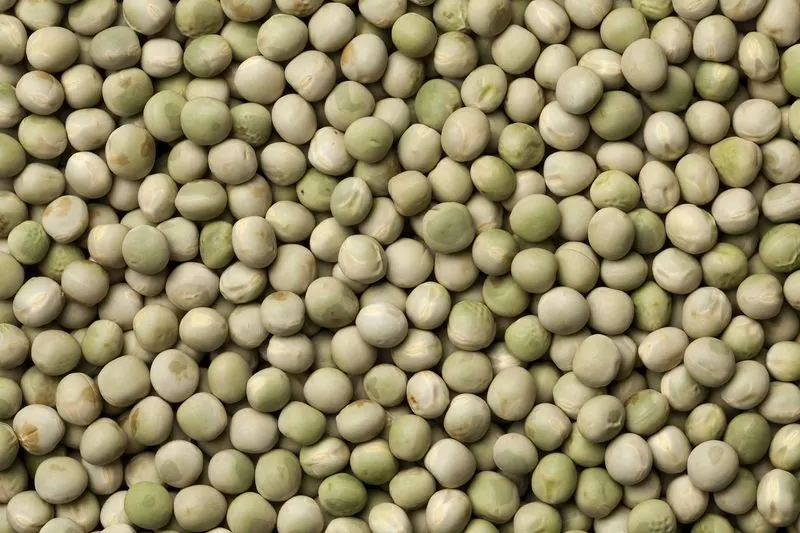
Peas offer a sweet taste of spring, but they frown upon being moved once sprouted. Their fragile roots can suffer during transplanting, affecting their overall health and yield. Direct seeding allows these legumes to anchor themselves firmly.
As climbers, they benefit from some support, like a trellis or netting. Early planting is key, as peas thrive in cooler conditions. By skipping the indoor start, you ensure vibrant growth and a plentiful pod production.
Dill
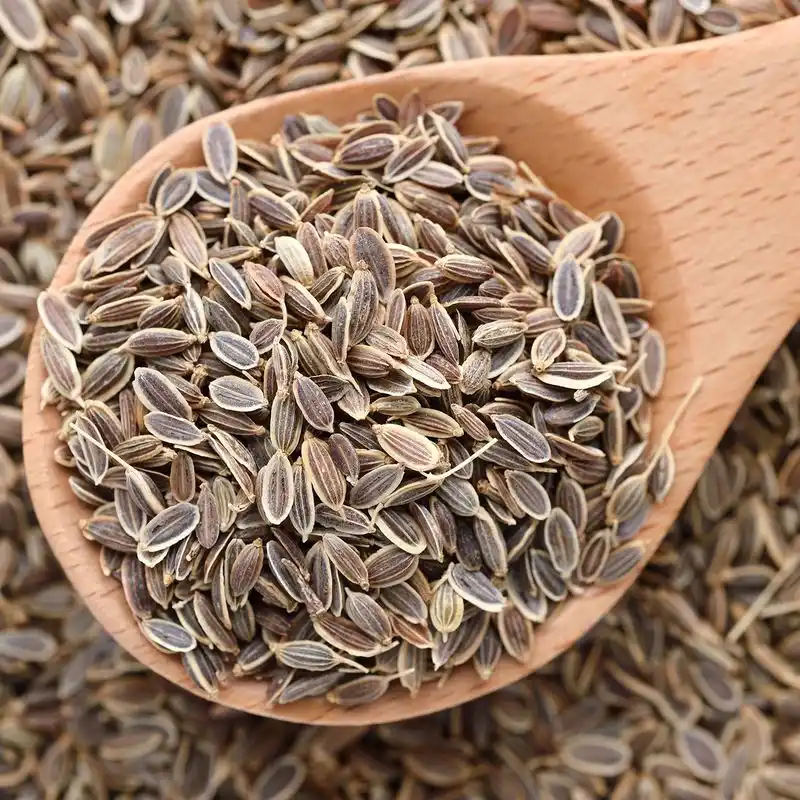
Dill is the herb of choice for many culinary enthusiasts, but it’s best started outdoors. Its long taproot struggles with disruption during transplantation, which can stunt growth or even kill the plant.
Sow seeds directly in the garden to enjoy its leafy greens and seeds. Dill loves a sunny spot with well-drained soil. Its presence also attracts beneficial insects like ladybugs and bees. By planting directly, you cultivate a thriving herb that’s both aromatic and beneficial to your garden’s ecosystem.
Beets
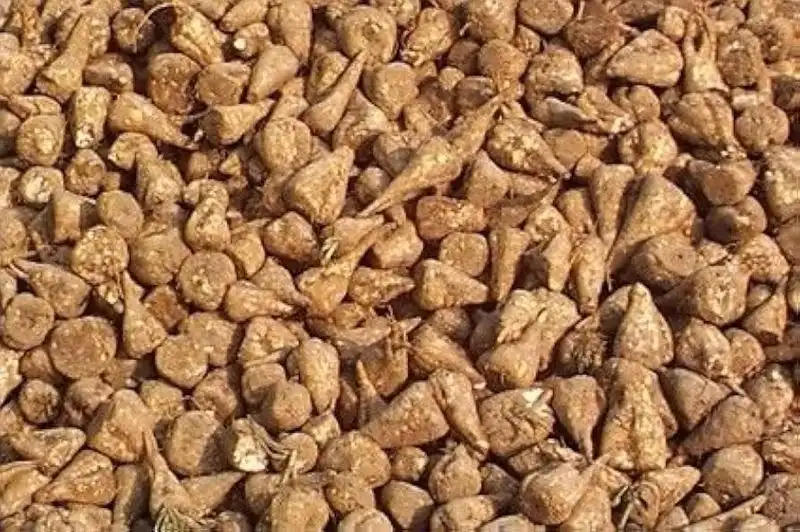
Beets, with their earthy sweetness, prefer to grow where they’re planted. Transplanting them can disturb their delicate root systems, leading to misshapen roots. Sowing directly in the garden allows them to develop fully.
These root vegetables thrive in cooler temperatures and need well-drained soil. By avoiding the transplant shock, your beets will be more uniform and flavorful. They’re not just for salads; roasted beets bring out their natural sugars, offering a delightful addition to any meal.
Turnips
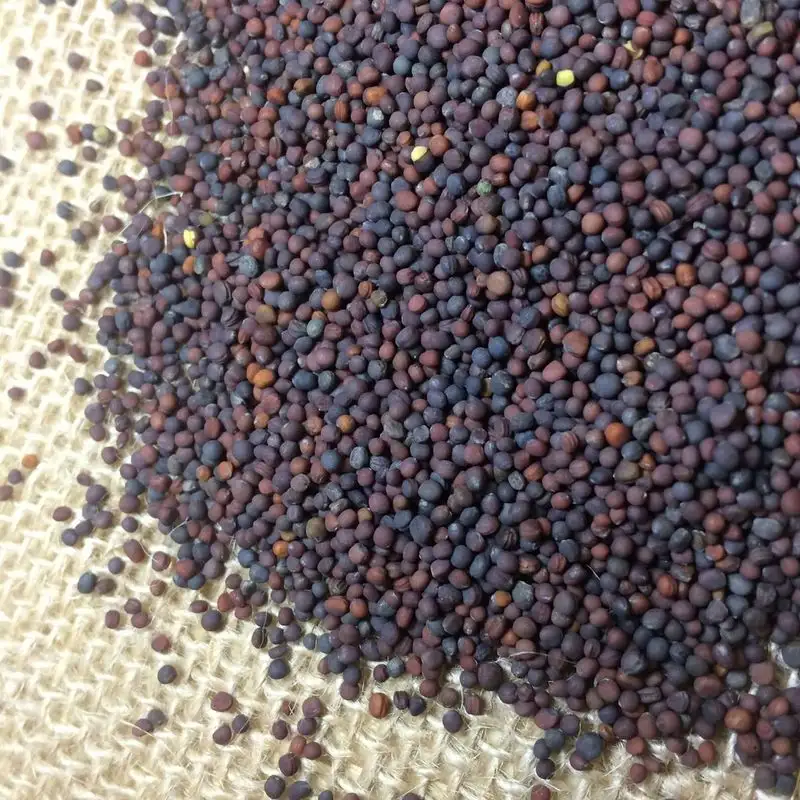
Turnips, with their bulbous roots, delight gardeners with their dual-purpose yield. Yet, these roots are sensitive to being moved. Direct planting helps them establish themselves firmly, leading to optimal growth.
Ideal for cool-weather planting, turnips mature quickly, providing both greens and roots for kitchen use. Their presence in the garden also aids in breaking up heavy soil. By starting them where they intend to stay, you ensure a more bountiful and nutritious harvest.
Cucumbers

Cucumbers, with their refreshing crunch, favor the great outdoors from the get-go. Transplanting can cause root disturbance, leading to stunted growth or fewer fruits. Direct seeding allows these vines to stretch and flourish.
They love warm soil and plenty of sunshine, making them perfect for summer gardens. When planted directly, cucumbers reward gardeners with a bountiful harvest, from salads to pickles. Providing a trellis can help manage their growth and make harvesting easier.
Squash
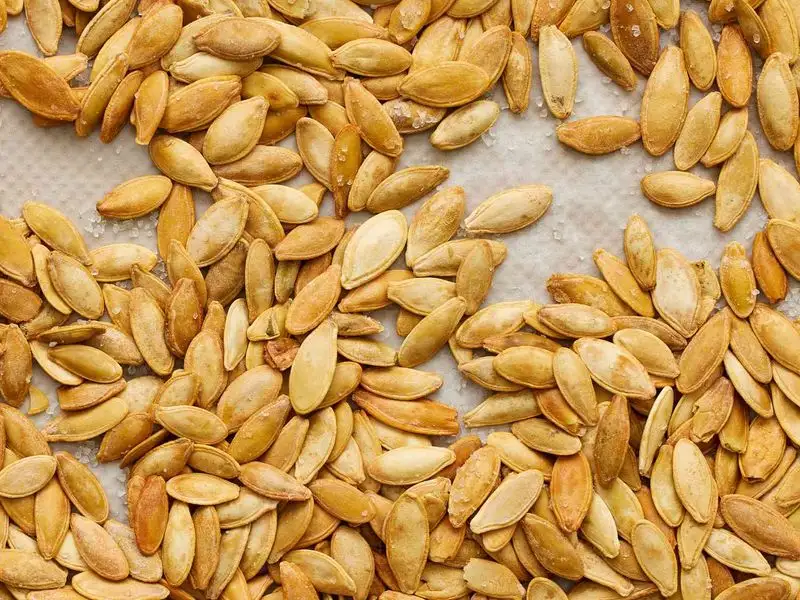
Squash plants are garden giants that thrive when given ample space to sprawl. Transplanting can hinder their expansive growth and fruiting potential. Planting seeds directly in the garden ensures they establish robust root systems.
These sun-loving plants flourish in well-drained soil and warm temperatures. Direct seeding aligns with their natural growth patterns, leading to a more fruitful yield. By letting squash claim its territory, you guarantee a summer filled with versatile culinary options.
Watermelon
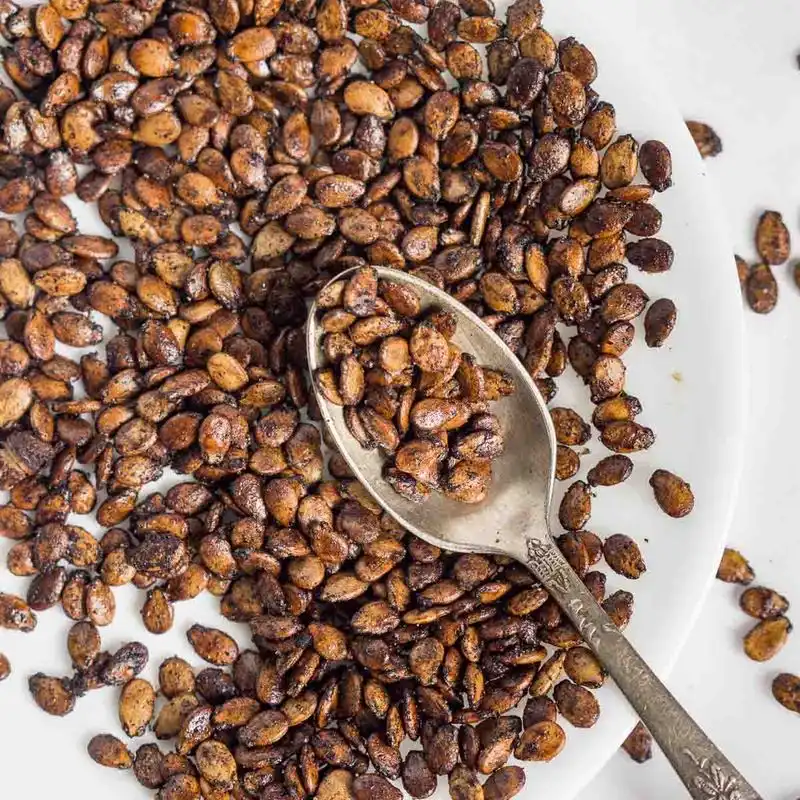
Watermelons, synonymous with summer refreshment, need room to grow. Transplanting often stresses their delicate roots, affecting fruit development. By sowing seeds directly, these sprawling vines can produce sweet, juicy melons.
They require warm soil and plenty of sunlight, making direct planting ideal as temperatures rise. Providing ample space allows the vines to spread, maximizing fruit size and sweetness. With the right conditions, your garden will be a haven for these summertime favorites.
Parsnips
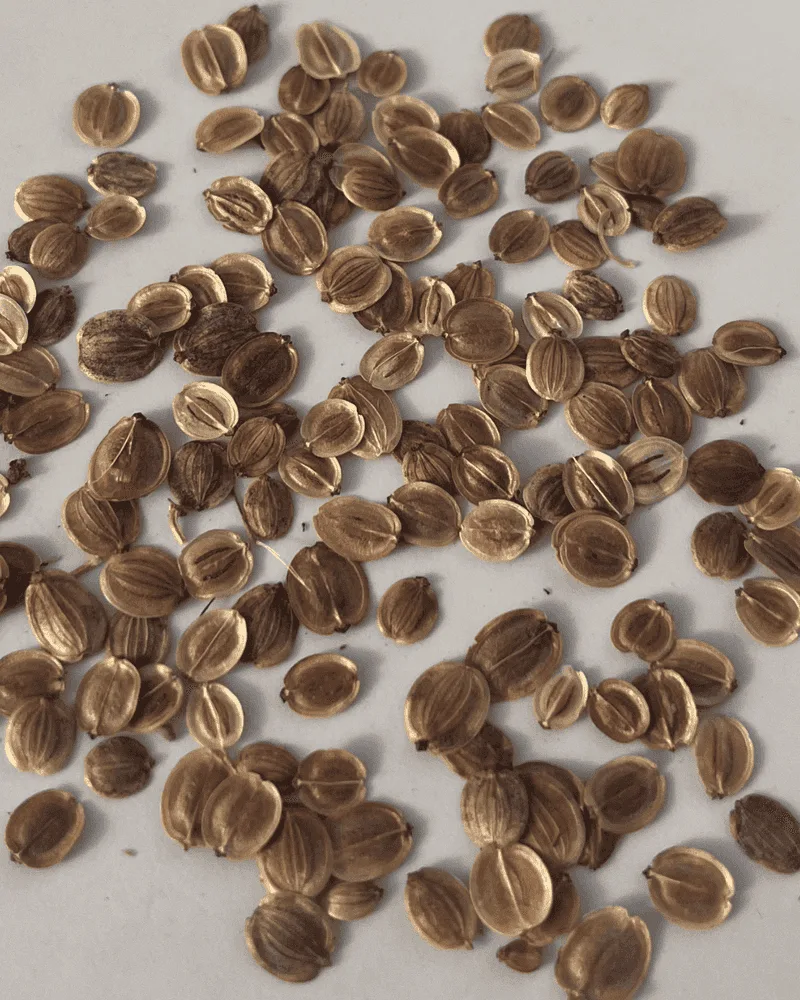
Parsnips bring a sweet, nutty flavor to the table, but they need a steady home from the start. Transplanting can lead to twisted or forked roots, diminishing their appeal. Direct seeding in deep, loose soil is crucial for their development.
These root vegetables prefer cooler temperatures and are perfect for fall harvesting. By allowing their roots to delve deeply and freely, you ensure a more uniform and flavorful crop. Parsnips also improve in sweetness after a touch of frost, adding to their autumn charm.
Pumpkins
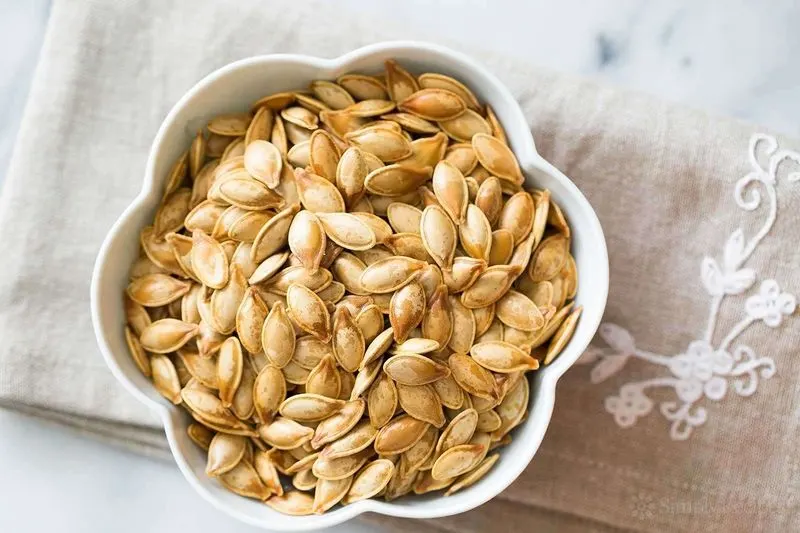
Pumpkins are the grand performers of the garden, needing ample room to shine. Transplanting can disrupt their extensive root system, impacting their growth and size. Directly planting seeds in their final location supports their need for space and stability.
These autumn icons thrive in rich soil and plenty of sunshine. By allowing pumpkins to root deeply and grow undisturbed, you ensure a harvest that’s ready for carving or cooking by Halloween. A sprawling pumpkin patch is a joyful sight, promising festive delights.

